Photo essay: A road trip through New Zealand’s North Island
As we ride out these strange times sheltering at home, the idea of freedom has become more important than ever – particularly for those of us with an unquenchable thirst for travel. We crave the freedom to explore new places, the freedom to experience new things and the freedom to meet new people. And what represents that kind of freedom better than the open road? Road trips are among the best ways to explore the world, especially when you’re in a country with awe-inspiring landscapes, heady history and some of the planet’s best produce. A country like New Zealand.
As we wait eagerly for our next adventure, join us on a drive across New Zealand’s North Island, from the capital of Wellington in the south to the country’s biggest city, Auckland, up top, with stops in the educational and economic hub of Palmerston North, the Art Deco haven of Napier, the lakeside town of Taupo and the geothermal hotspot that is Rotorua along the way.
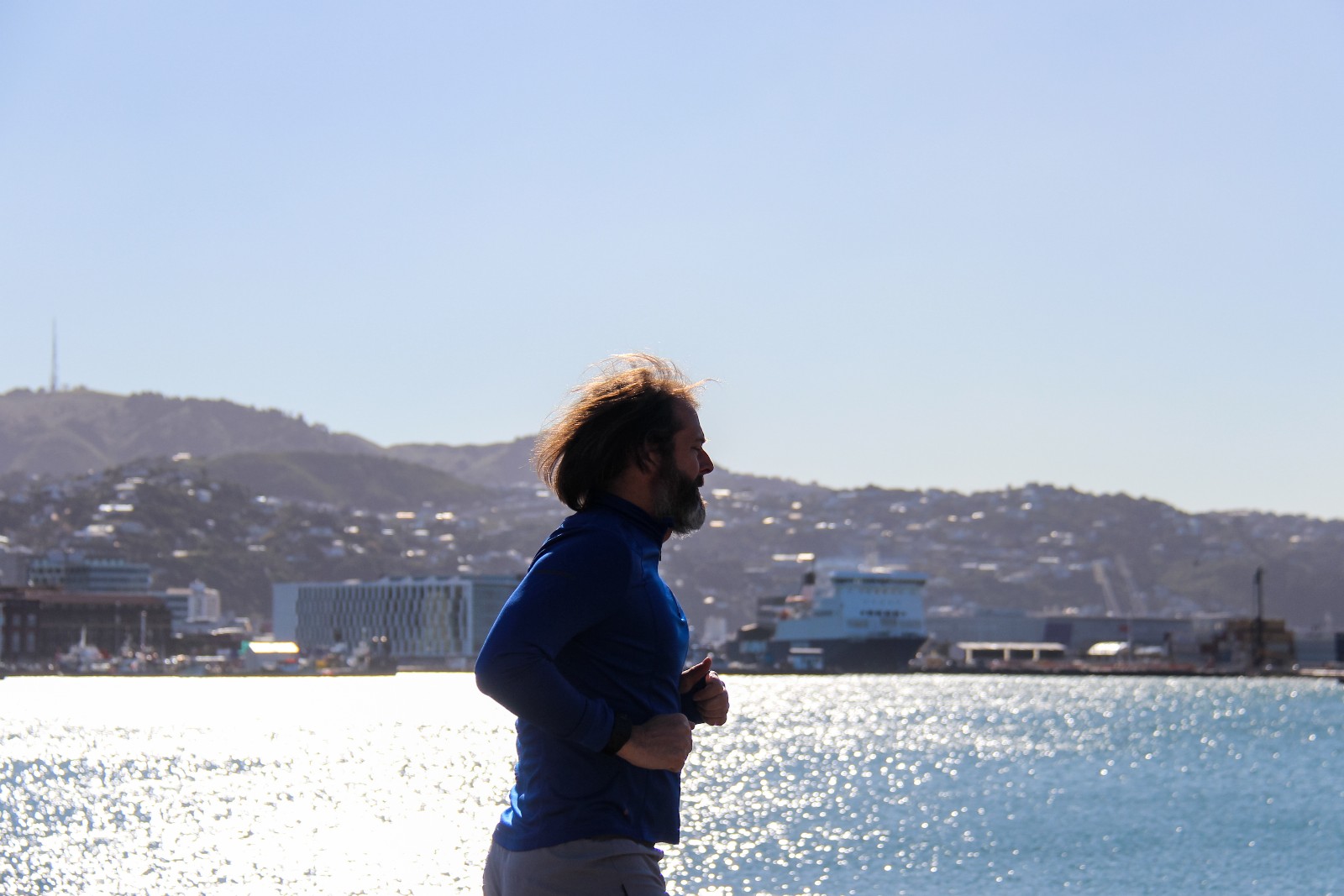 Previous
Next
Previous
Next
 Previous
Next
Previous
Next
 Previous
Next
Previous
Next
 Previous
Next
Previous
Next
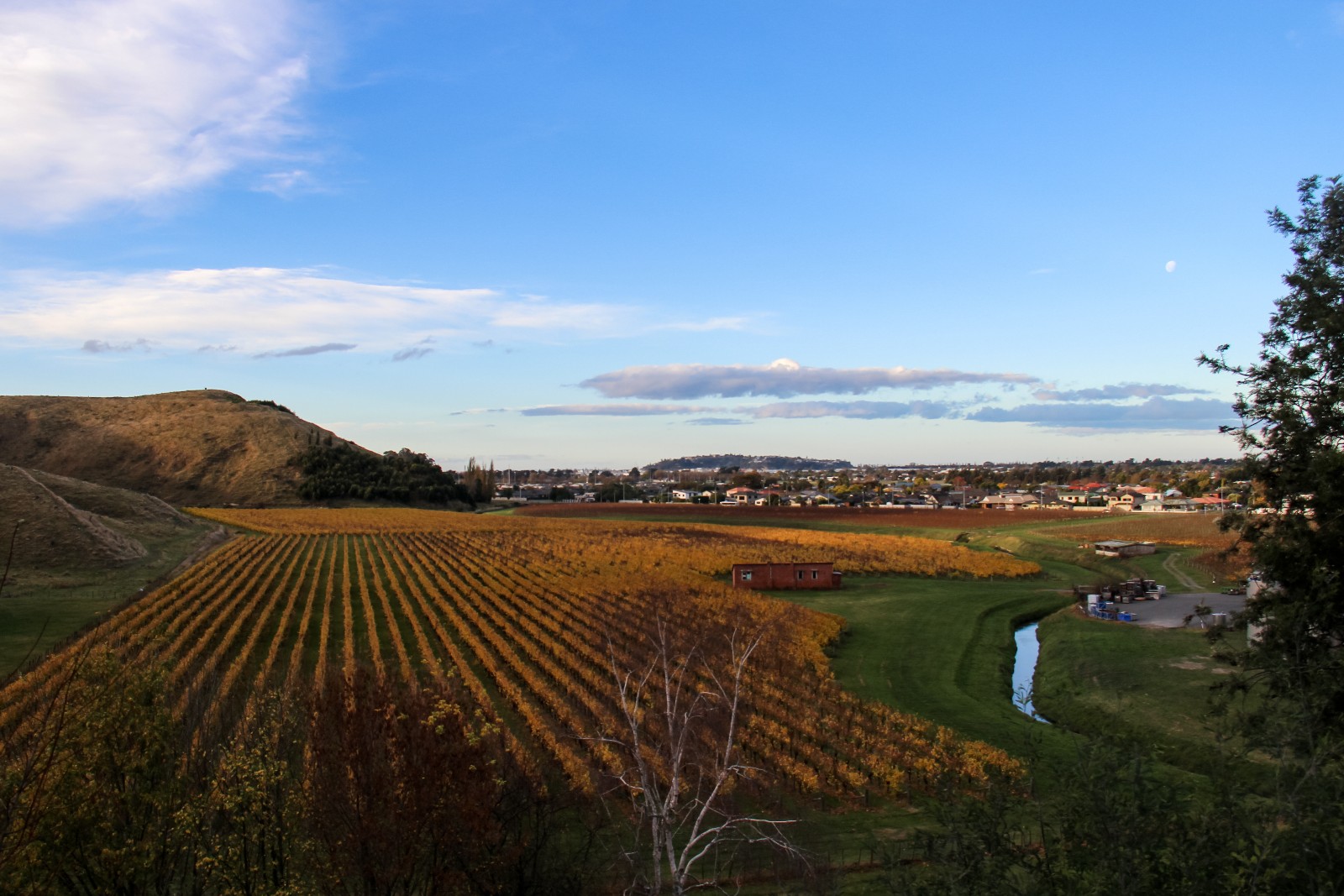 Previous
Next
Previous
Next
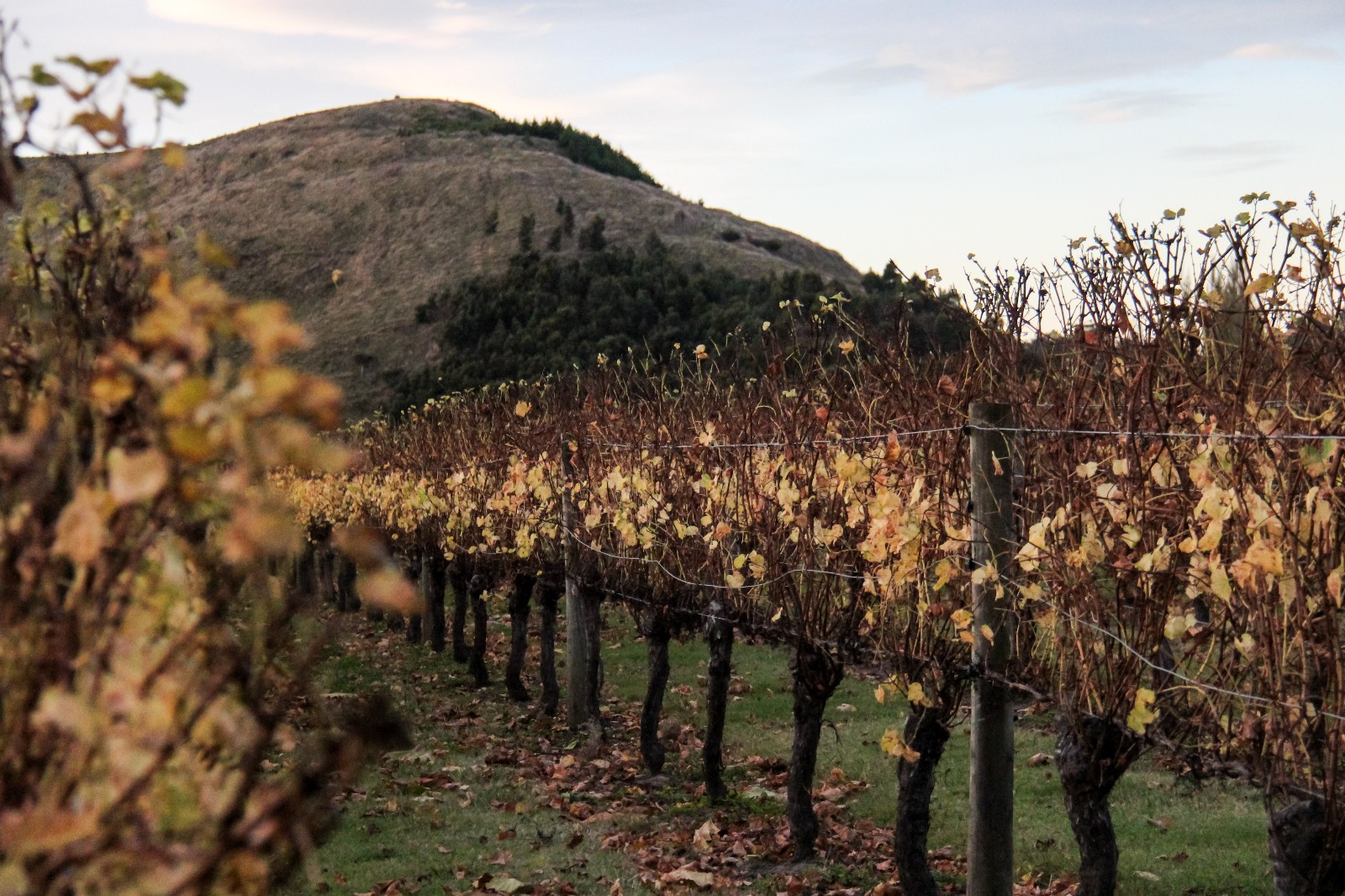 Previous
Next
Previous
Next
 Previous
Next
Previous
Next
 Previous
Next
Previous
Next
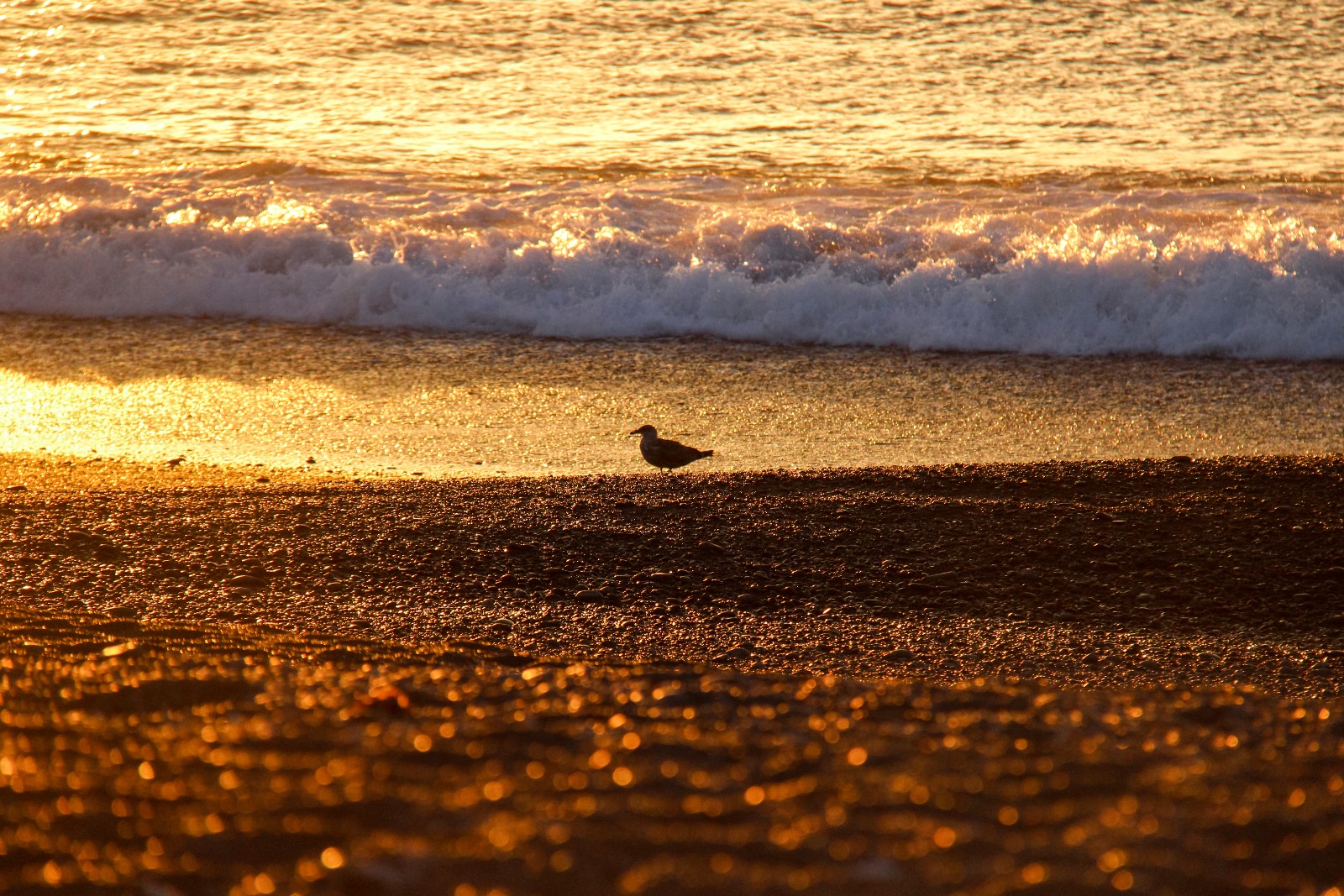 Previous
Next
Previous
Next
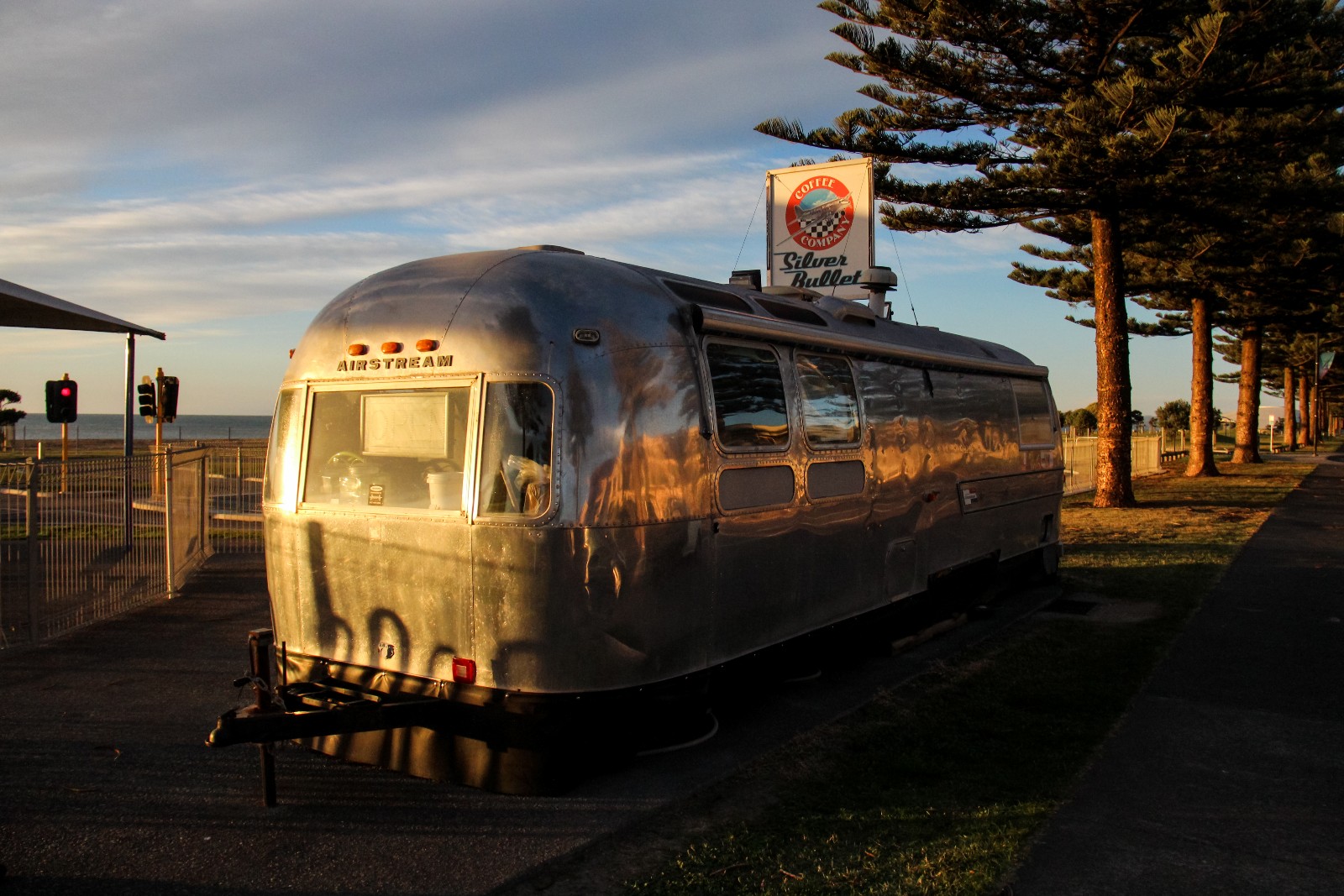 Previous
Next
Previous
Next
 Previous
Next
Previous
Next
 Previous
Next
Previous
Next
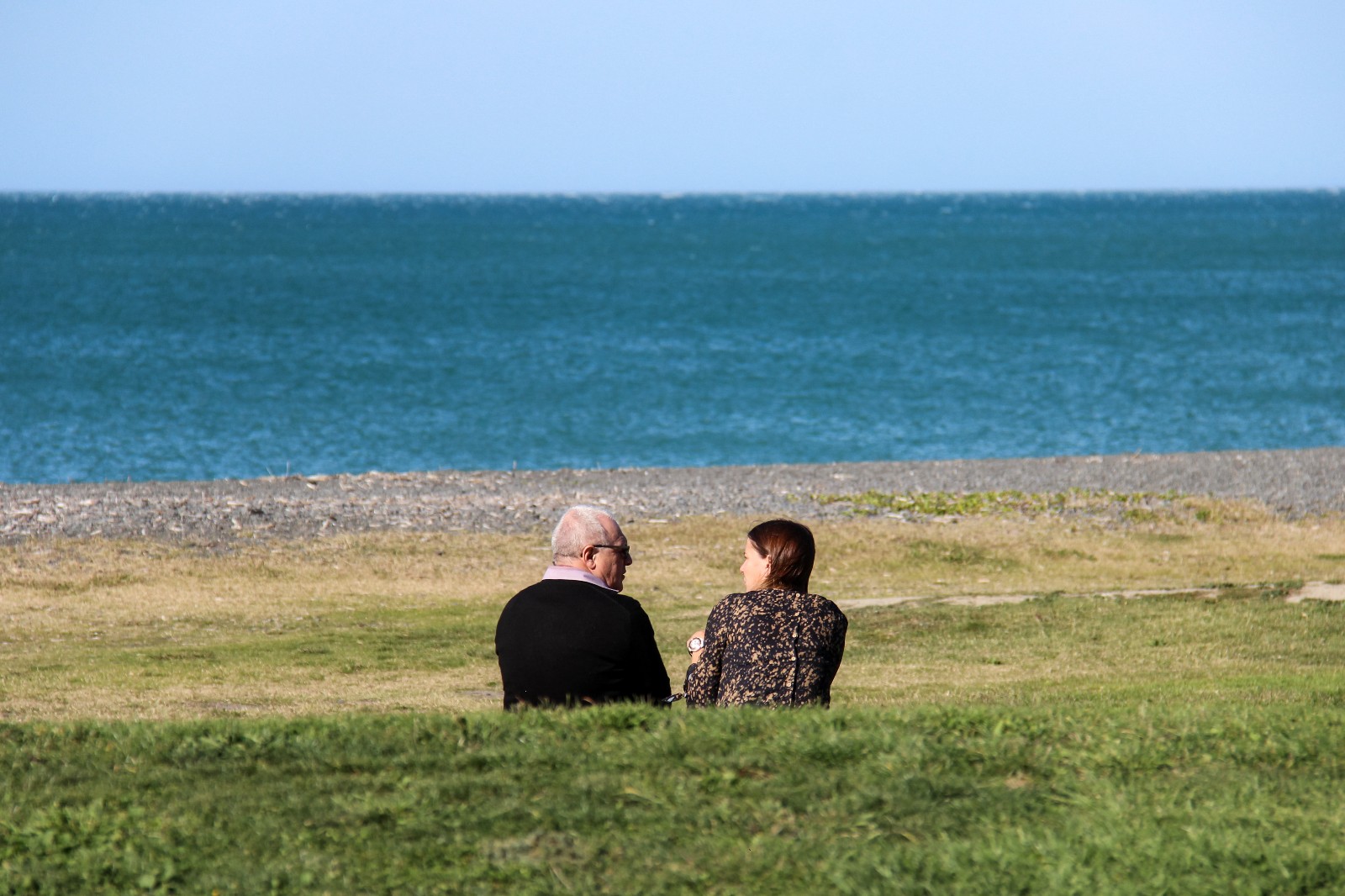 Previous
Next
Previous
Next
 Previous
Next
Previous
Next
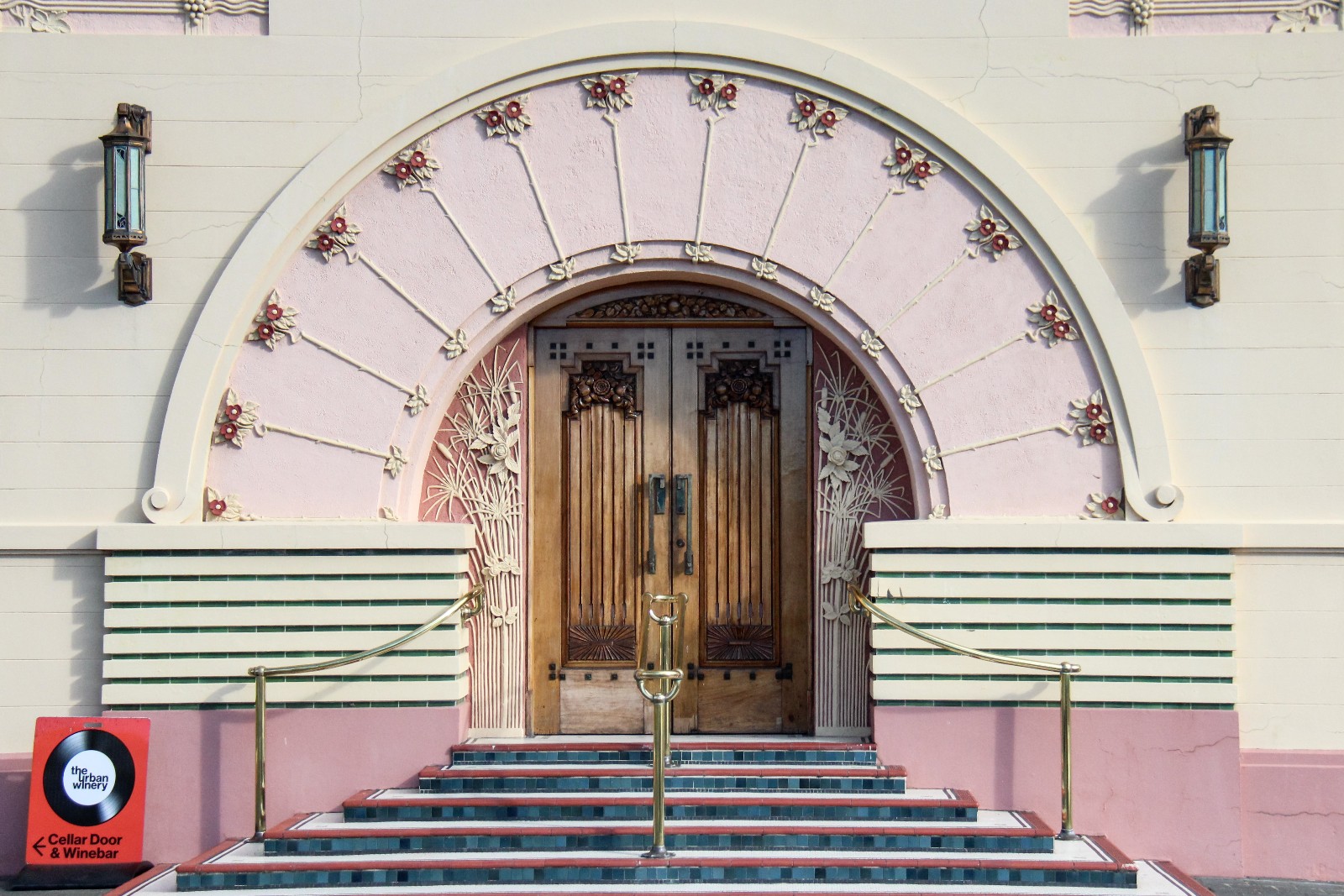 Previous
Next
Previous
Next
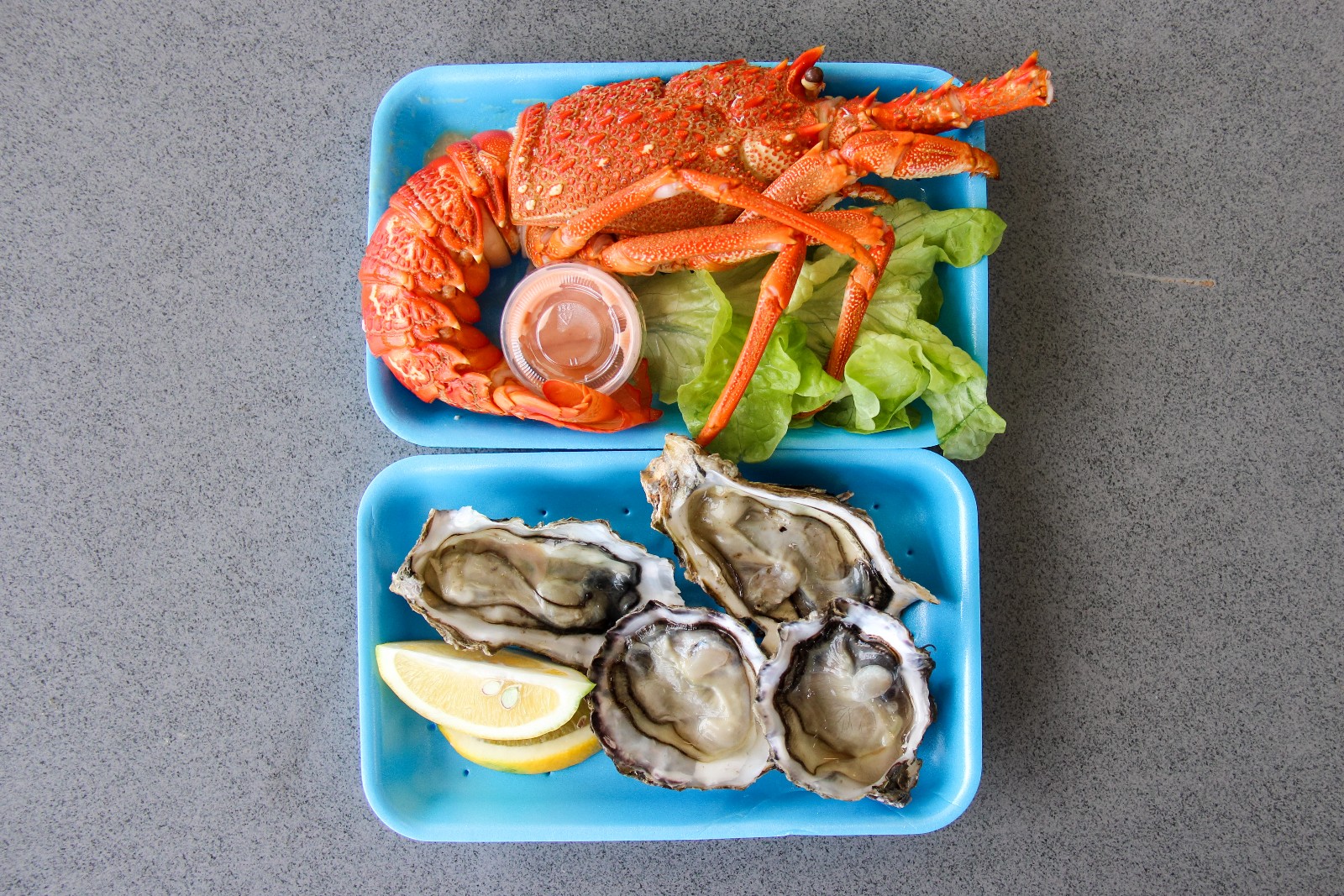 Previous
Next
Previous
Next
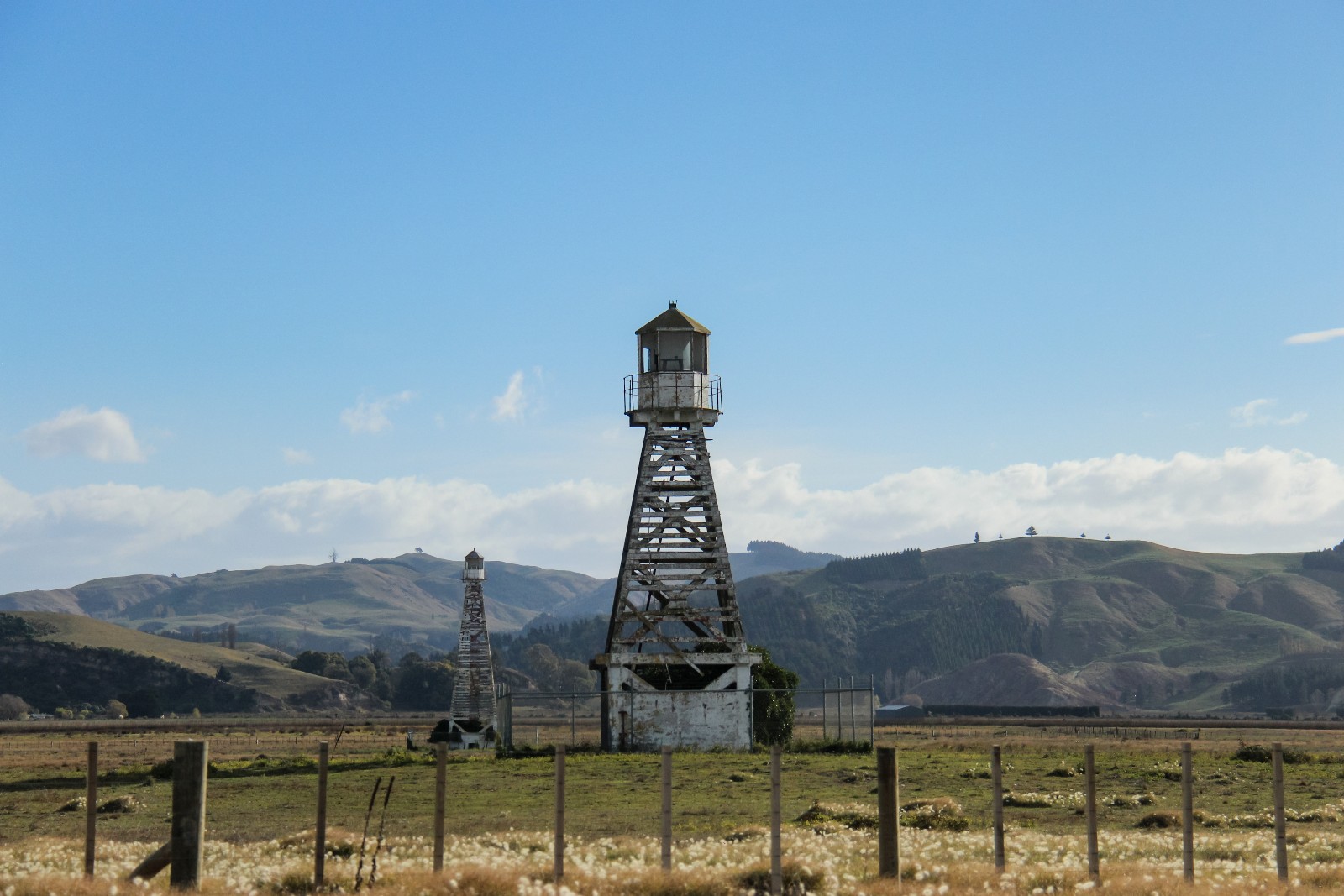 Previous
Next
Previous
Next
 Previous
Next
Previous
Next
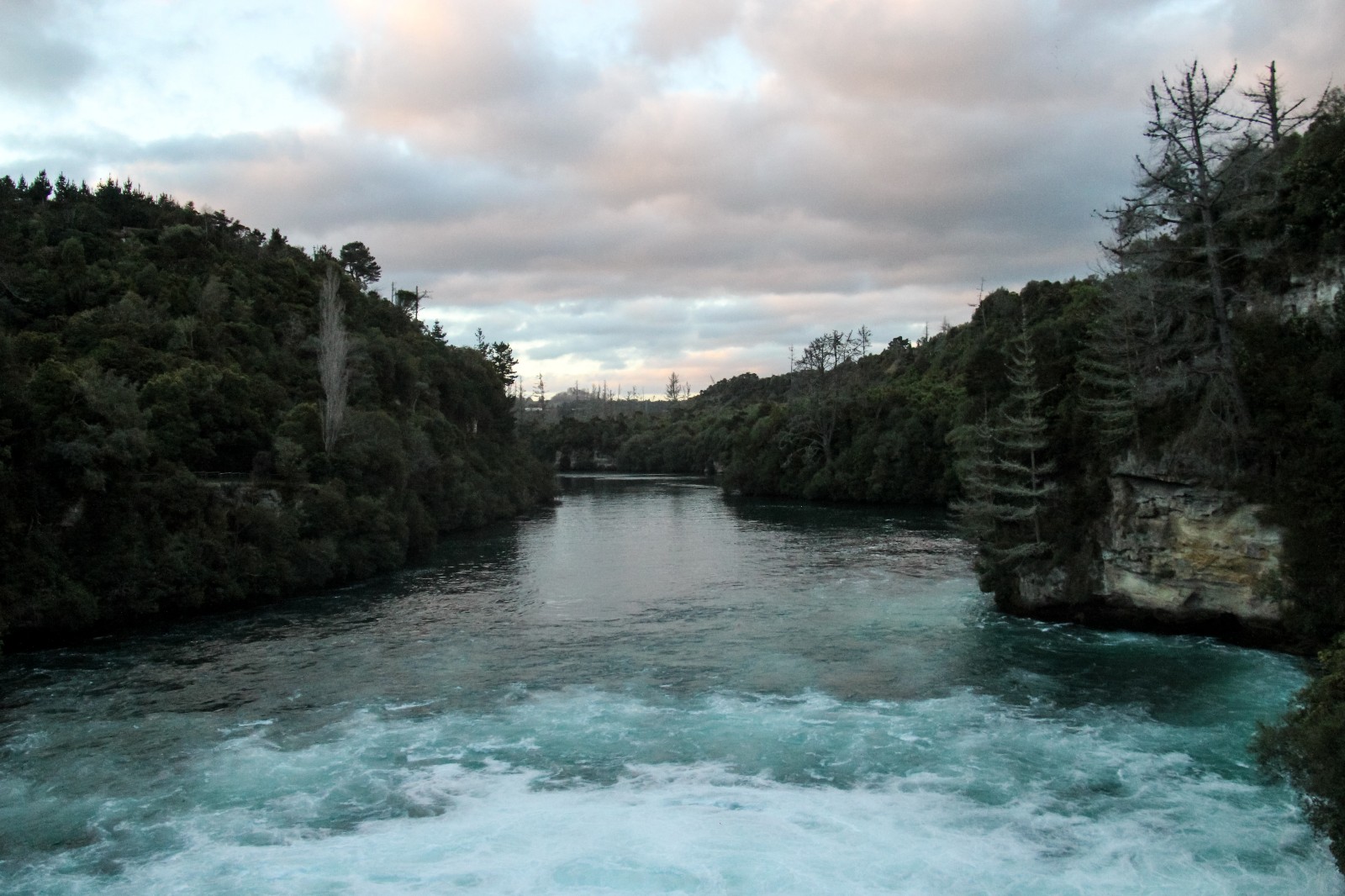 Previous
Next
Previous
Next
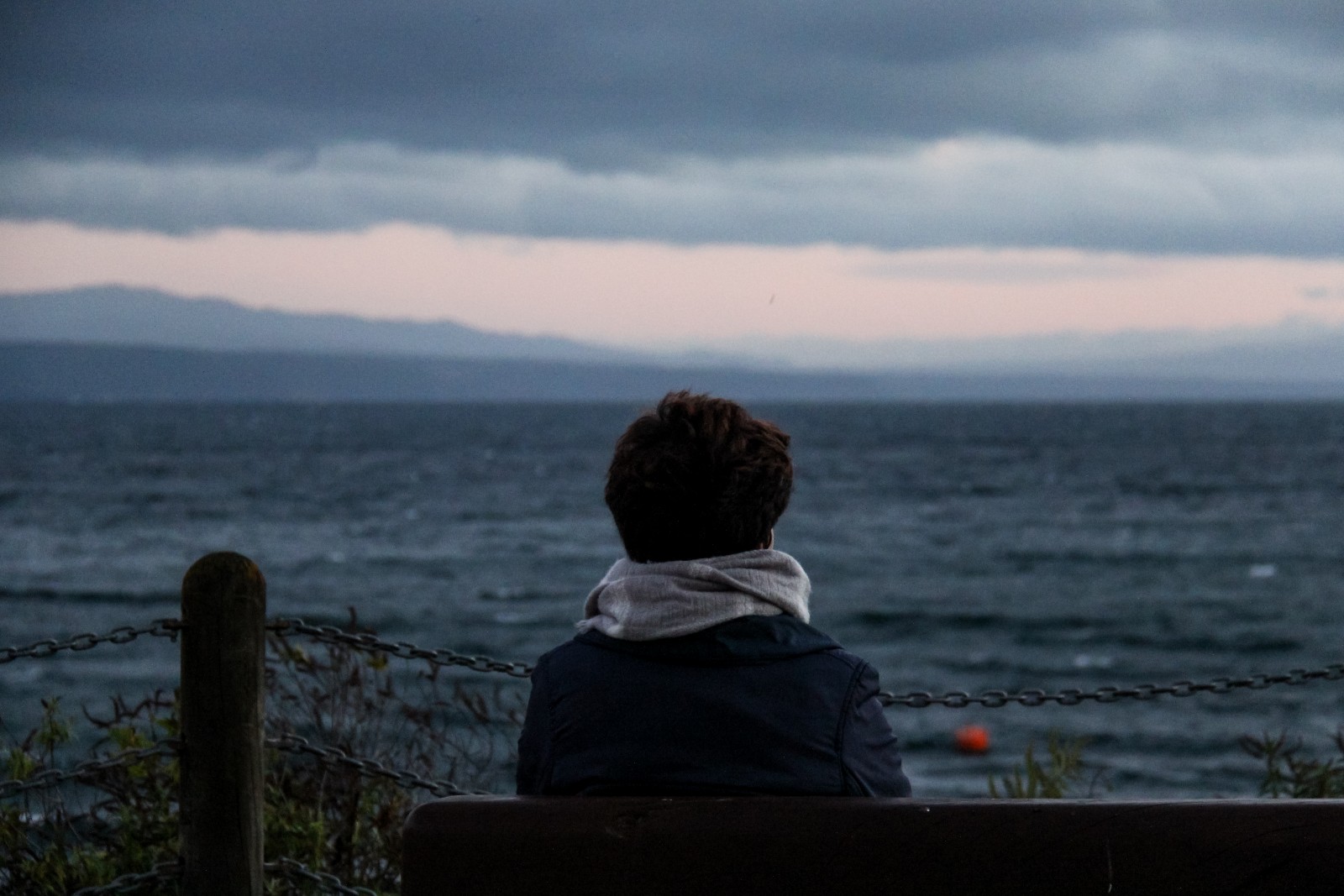 Previous
Next
Previous
Next
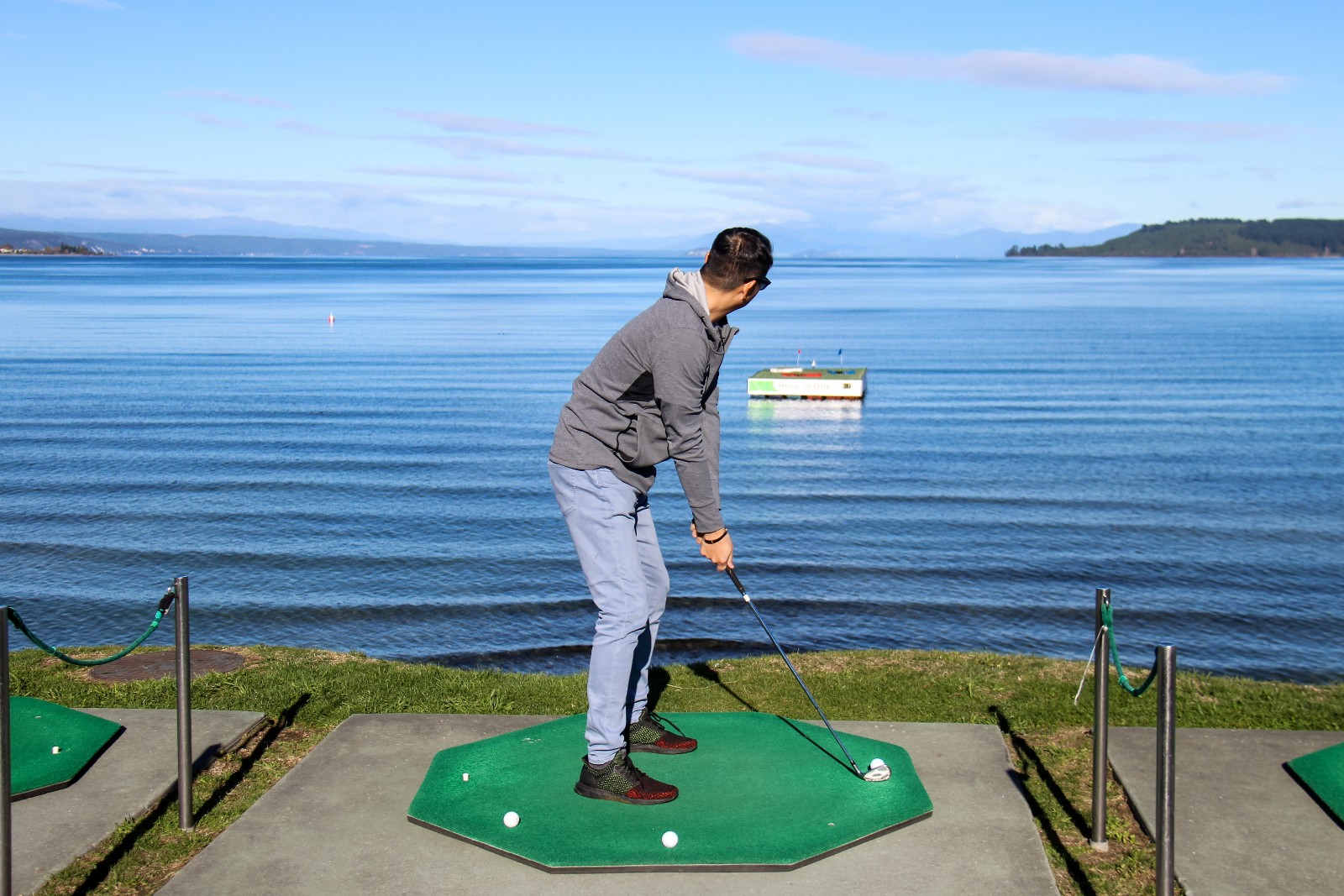 Previous
Next
Previous
Next
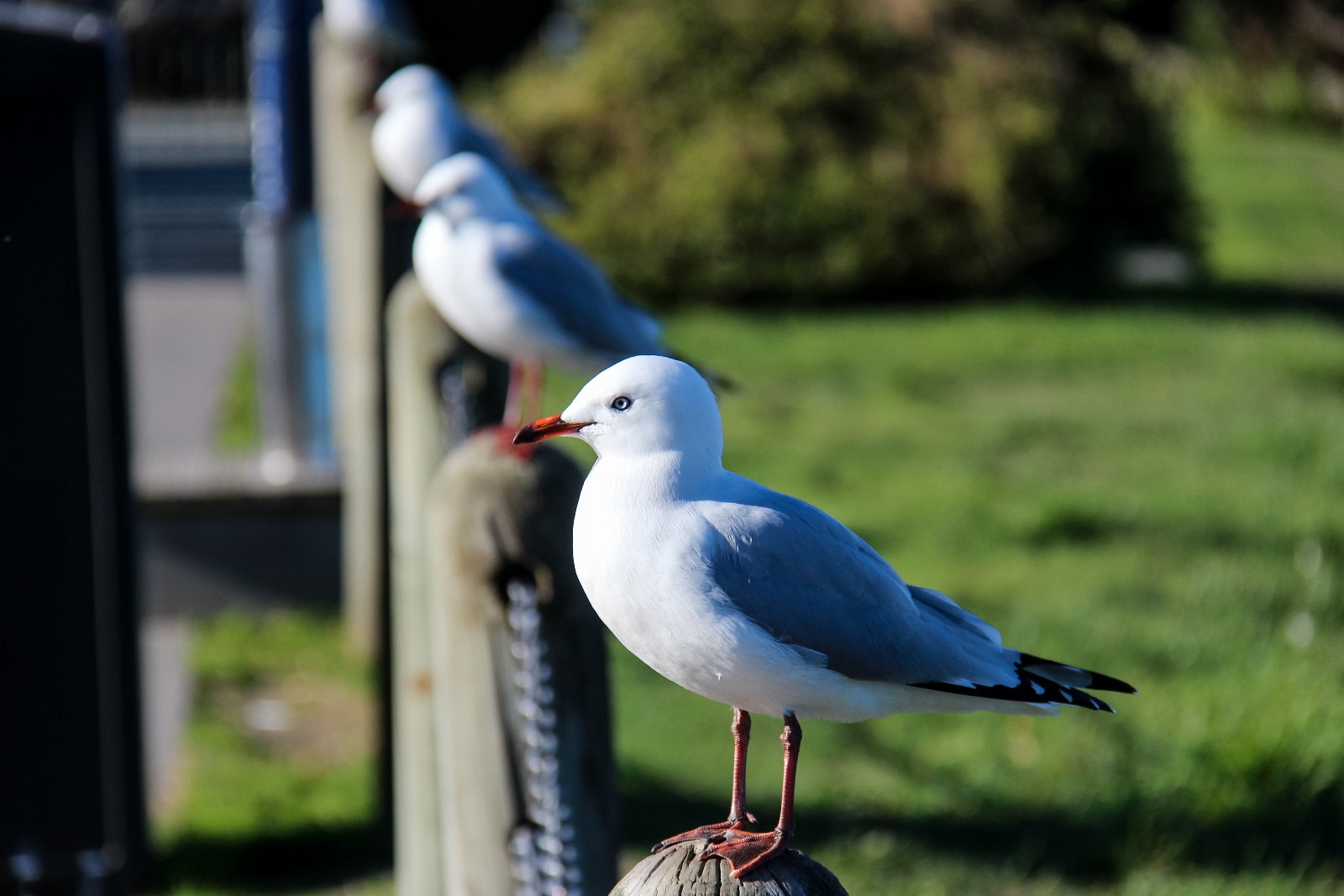 Previous
Next
Previous
Next
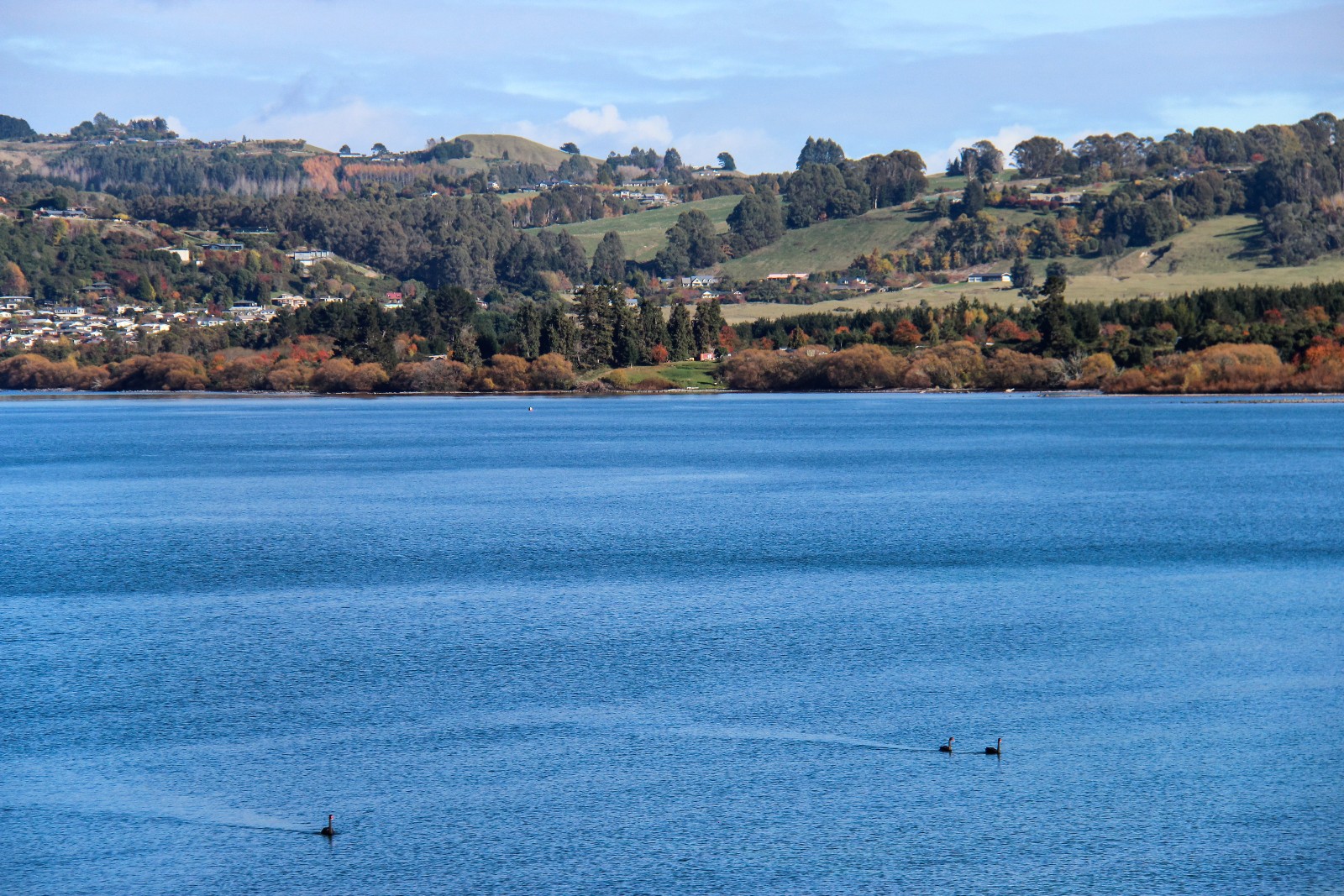 Previous
Next
Previous
Next
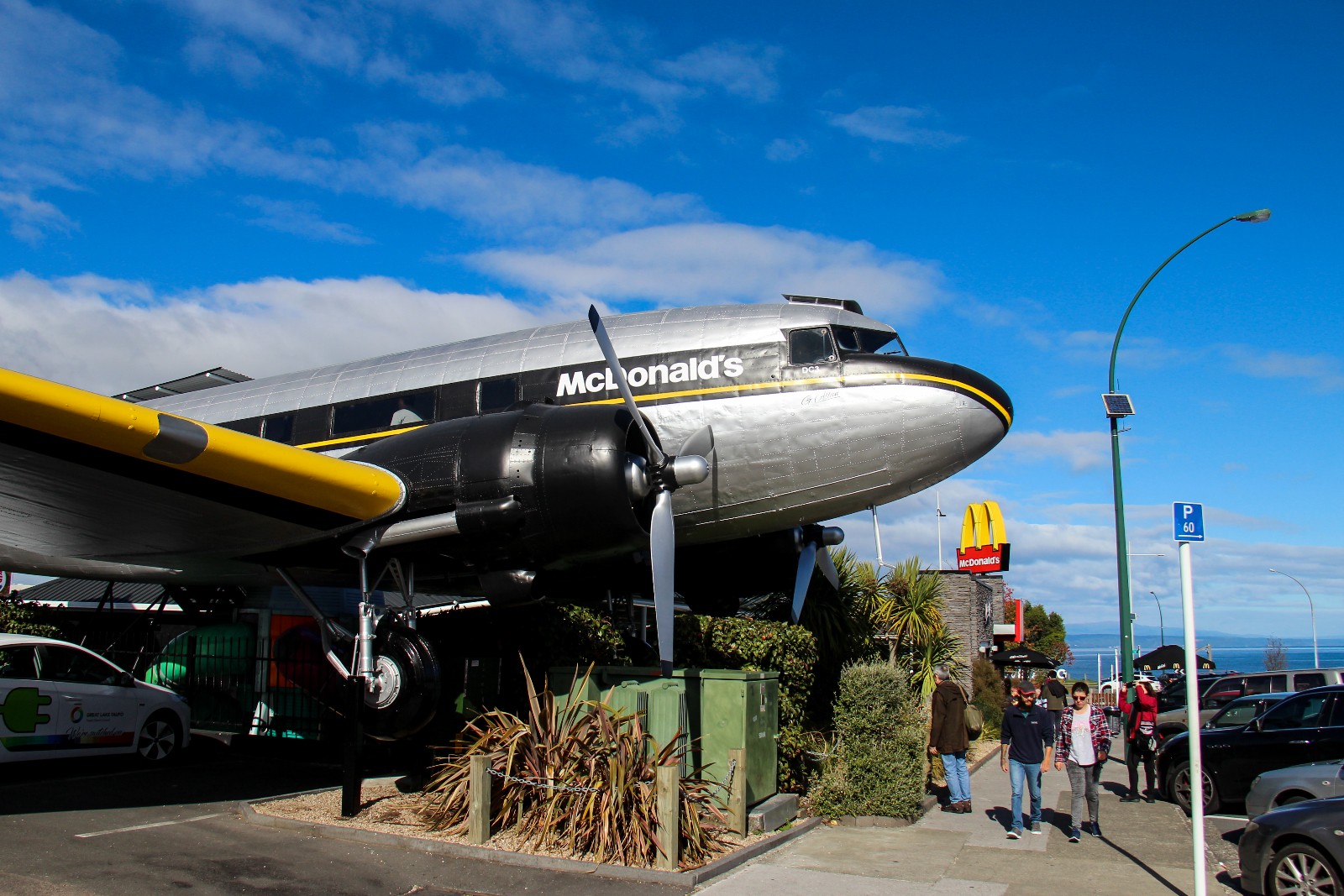 Previous
Next
Previous
Next
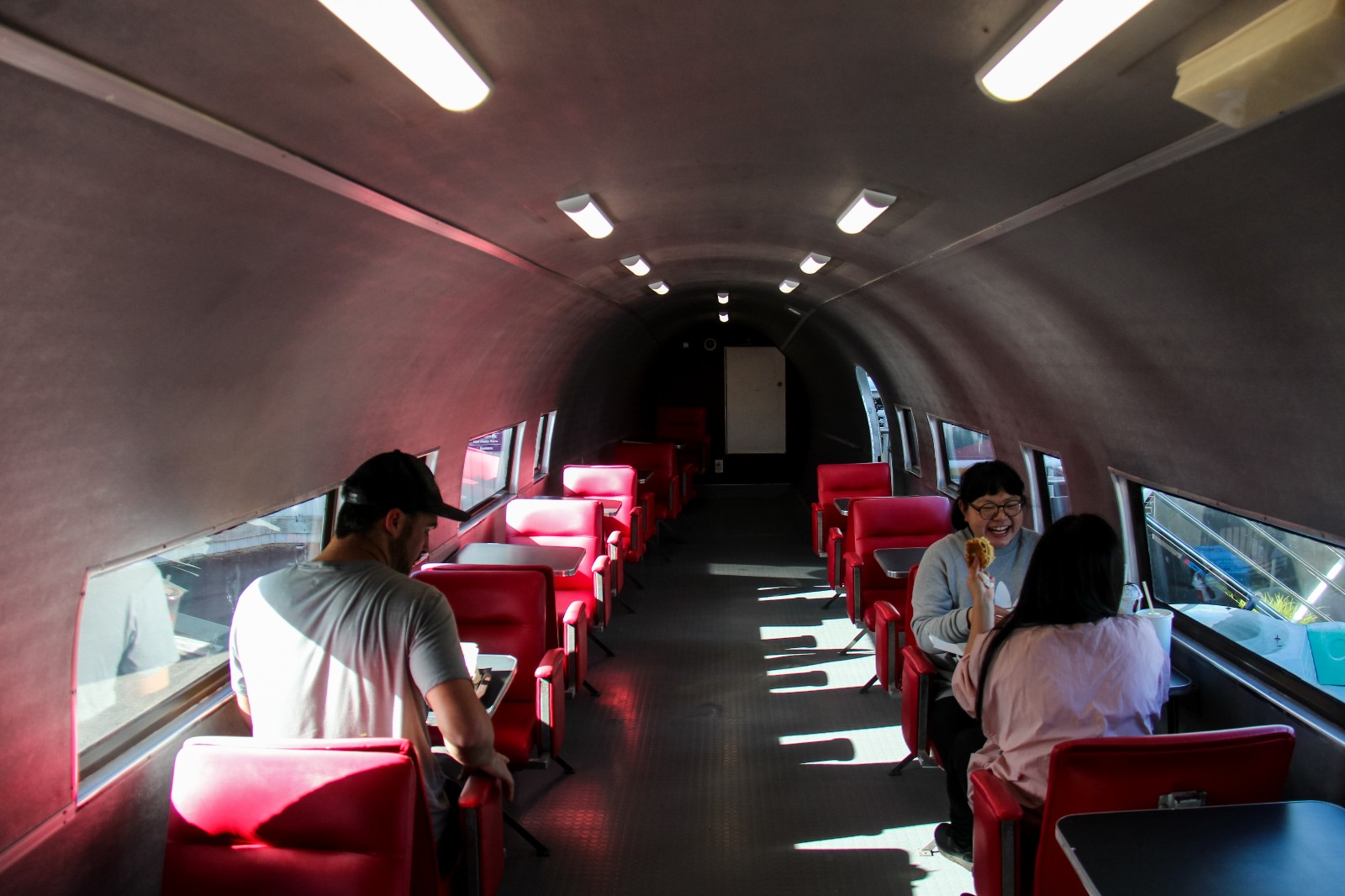 Previous
Next
Previous
Next
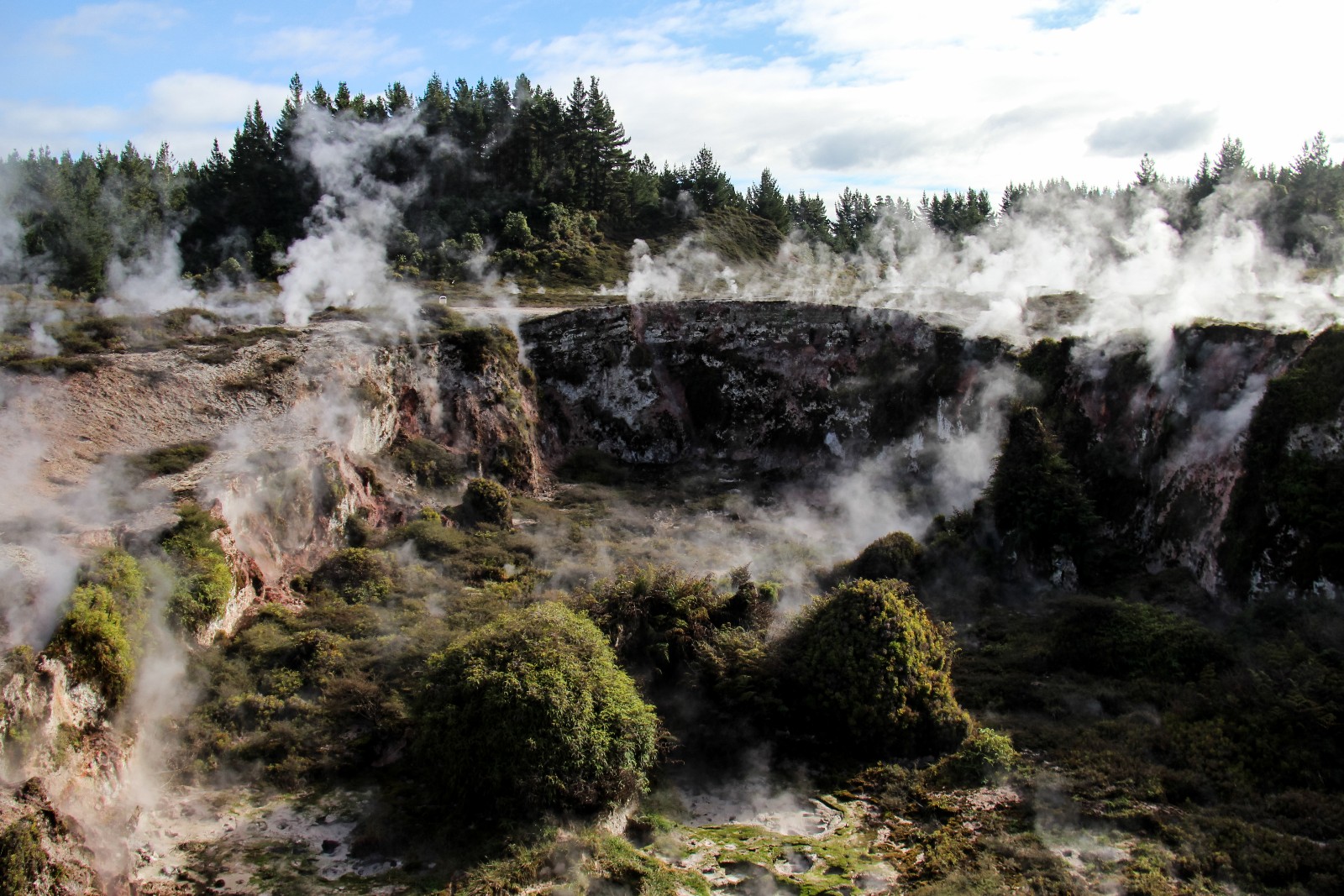 Previous
Next
Previous
Next
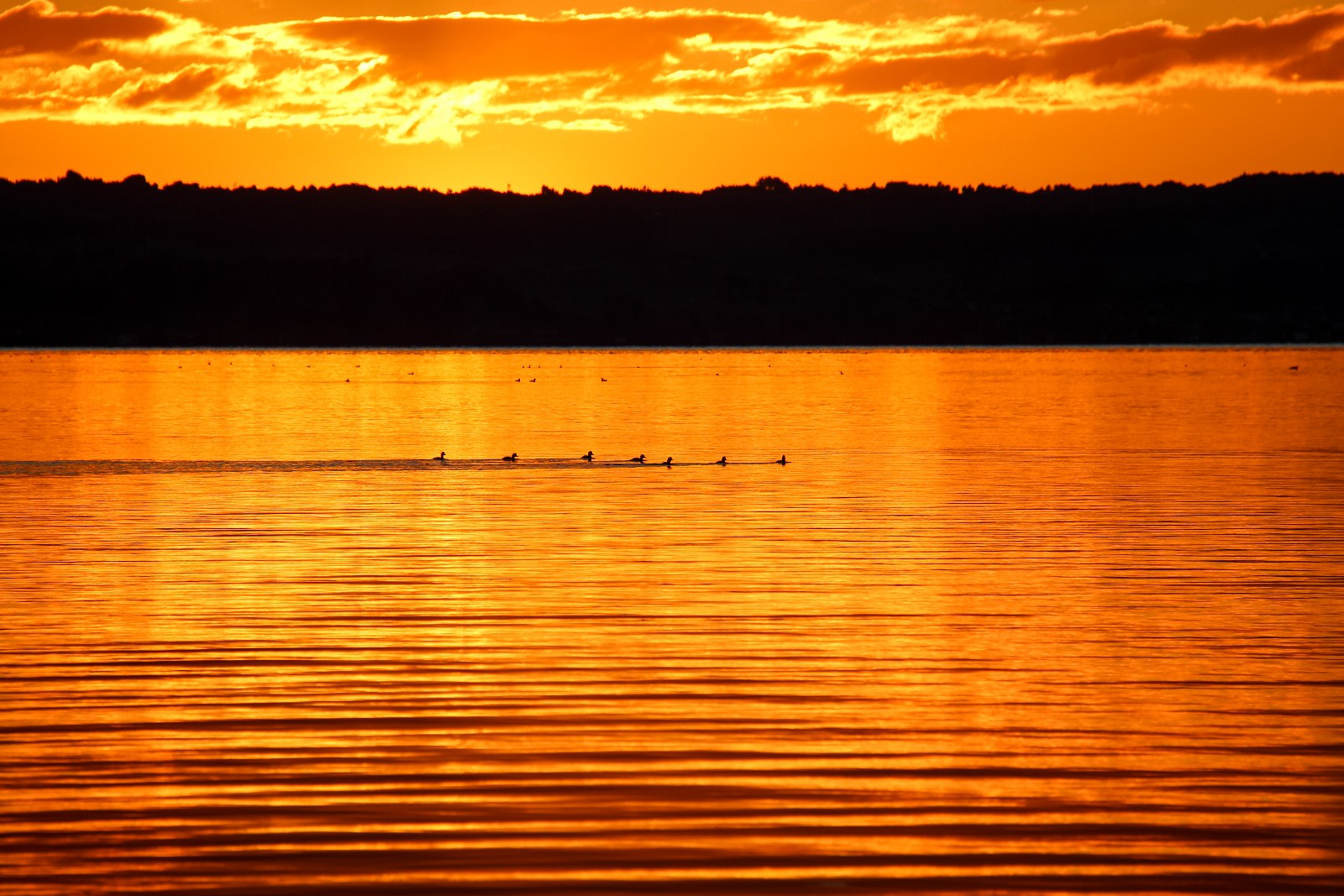 Previous
Next
Previous
Next
 Previous
Next
Previous
Next
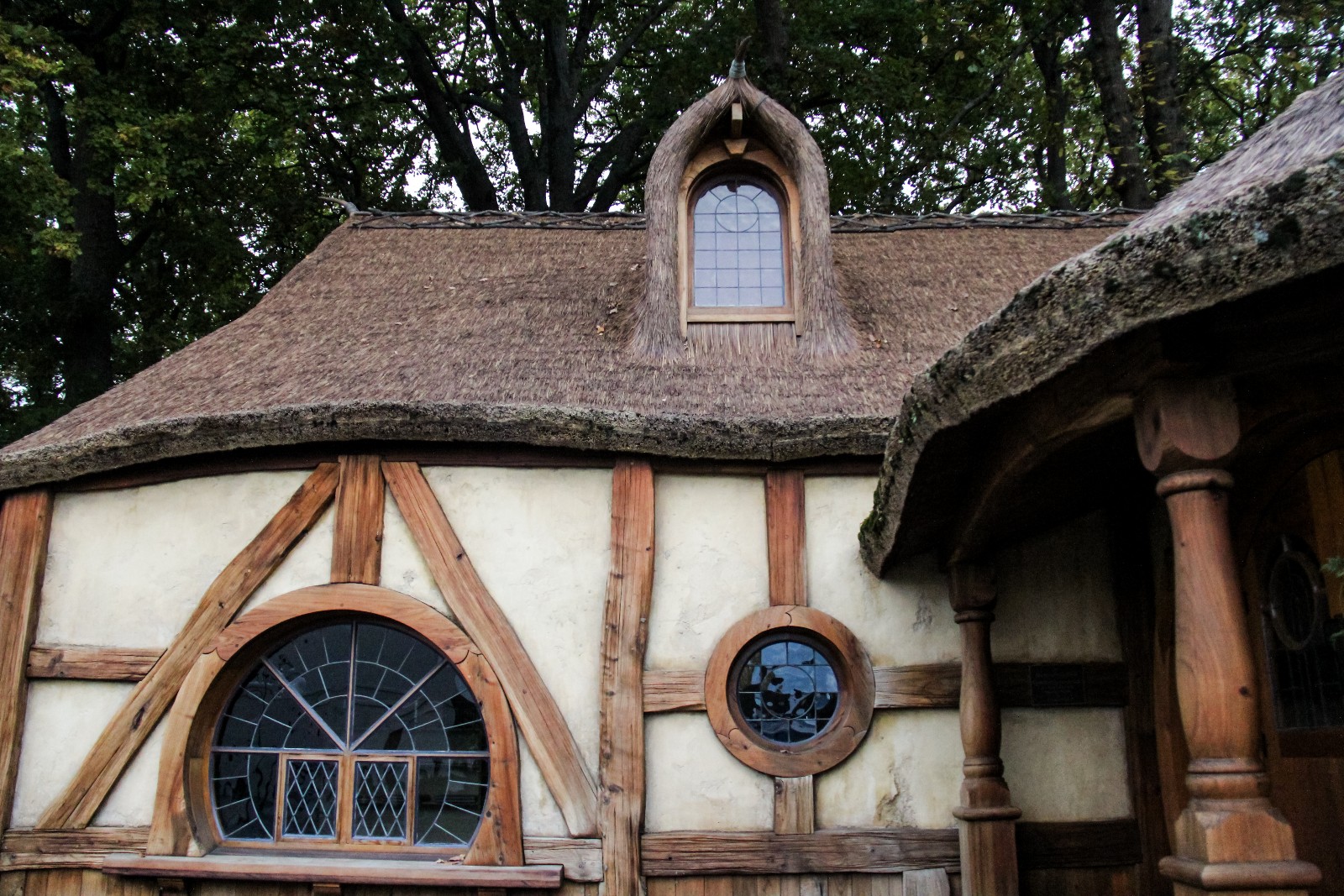 Previous
Next
Previous
Next
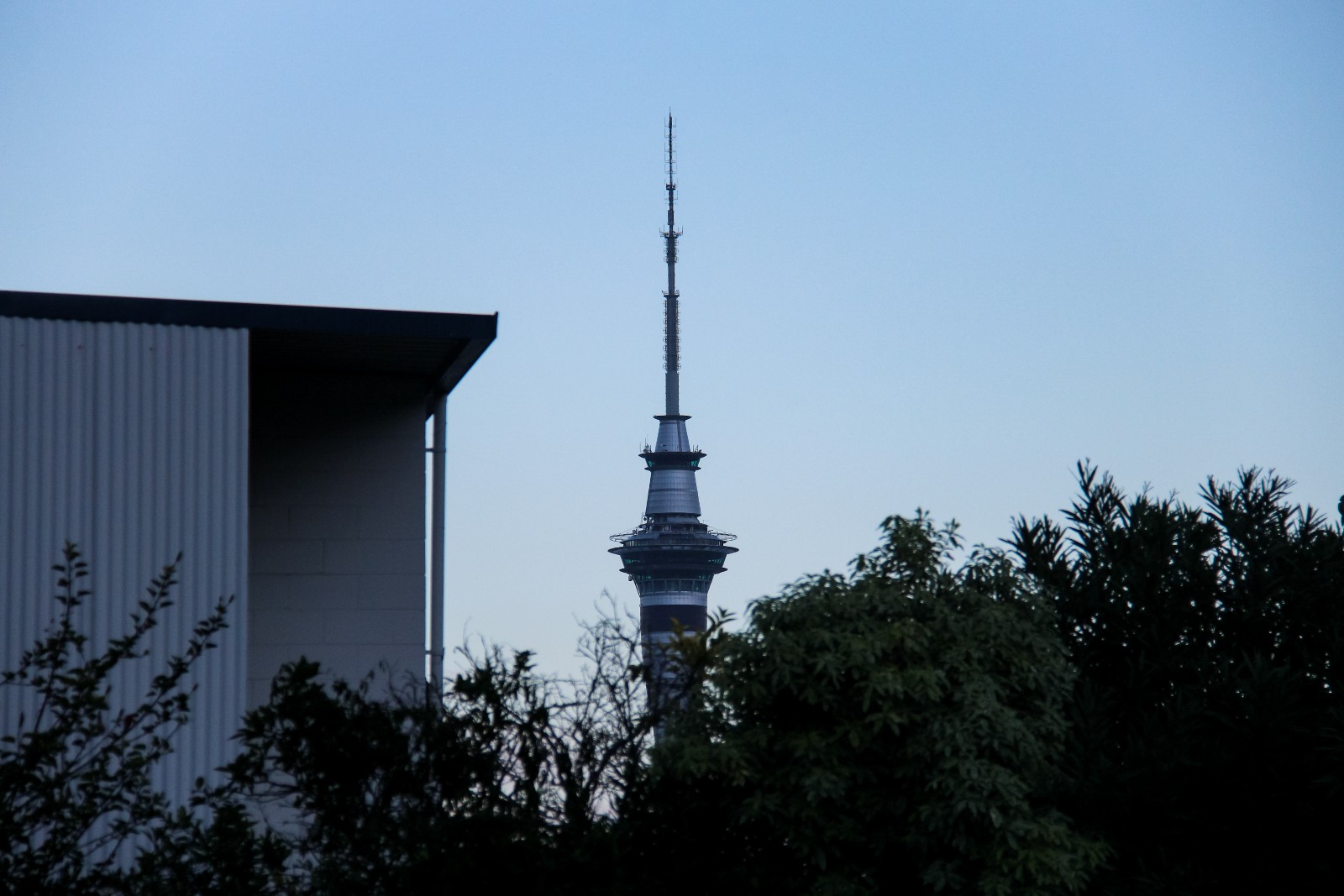 Previous
Next
Previous
Next
Watch this space for our next travel photo essay!
The post Photo essay: A road trip through New Zealand’s North Island appeared first on Going Places by Malaysia Airlines.
